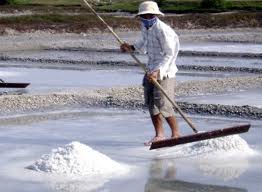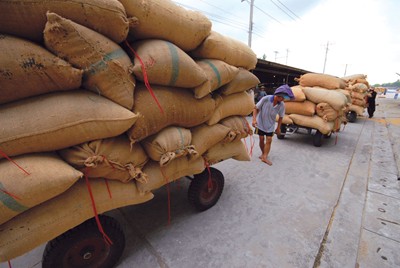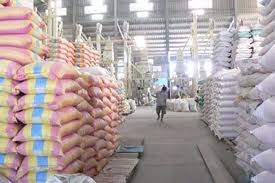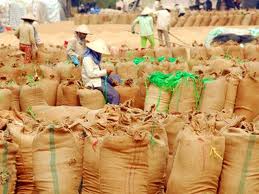Coffee production in Mondulkiri province increases
Coffee production in Mondulkiri province increases
Coffee production in Mondulkiri province in 2012 will be higher than in 2011, according to farmers and producers.
Coffee farmer Bou Sopheap told the Post that he just finished the harvest in December.
In 2012, his two-hectare plantation provided about four tonnes of coffee beans, compared to 2011’s three tonnes.
He said the coffee price varied between US$2.30 and $2.50 per kilogram, which is more than 2011, when beans were cheaper and the market was more difficult.
However, Bou Sopheap will not sell his harvest immediately as coffee’s value increases after one year storage.
Chay Mao, one of two coffee-processing handicraft company owners in Mondulkiri, runs a five-hectare coffee plantation, but did not yet know the amount of output. He said he had just finished drying and packing the crop.
However, he assumed that the coffee crop was higher than 2011’s output.
The growth resulted from improved watering and fertilizing strategies Chay Mao said, and increasing demand and good climate were the engine for those improvements.
“When the beans grow, strong winds, water shortages and the wrong fertilizers can limit the output,” he said, adding that his company processes about one tonne of black coffee powder per month.
Furthermore, production will increase based on higher demand.
“We sell our coffee mainly in Mondulkiri and the rest we sell in the supermarkets of Phnom Penh,” he said.
Tourists are interested in buying the coffee, that costs 24,000 riel (about US$6) per kilogram.
According to Sok Serey, director of Mondulkiri’s Commercial Department, coffee growing became popular about six or seven years ago. But as prices have dropped, many farmers have replaced coffee plantations with rubber trees.
Sok Serey said Cambodia’s coffee plantations are usually about 40 hectares in . In contrast, before 1996 or 1997 they measured about 500 hectares. The few remaining plantations are promoted by local processing handicraft companies.
“Handicraft helped our farmers. If we didn’t have them, foreign traders would beat down the price. Currently, higher demand allows local producers to maintain the price for local farmers,” Serey explained.
phnom penh post




















